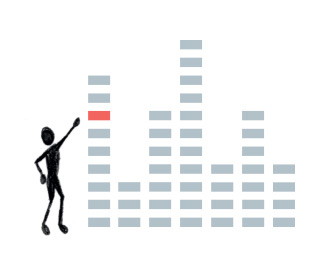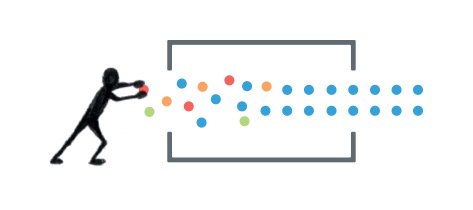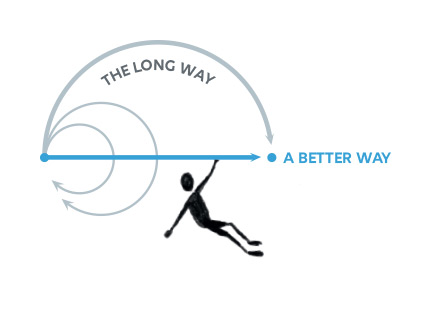The Room40 Group is no longer accepting new clients.

Founded in 2014 by Benjamin Mahnke and George Chu, the Room40 Group is a consulting and advisory group that works with nonprofits' leadership to help their organizations improve, grow, and change. Led and staffed by people who had been both successful strategy consultants and successful executives, Room40 brought both skill sets to our client's biggest challenges.
The Room40 Group is the best money we’ve ever spent on a consultant for anything, ever.
Sarah McLean, Education First
As sometimes happens when you’re really good at what you do, people decide they want more. The founders of Room40 consider it one of our greatest points of pride that 100% of the Associate Consultants and Consultants hired into and trained by Room40 were later poached away and went to work for Room40 clients. And now, as of this writing, the Principals have been too.

To the extent we improved the world some, it’s through our clients:
- 2Life Communities
- The Achievement Network (ANET)
- All Star Code
- Anti-Defamation League (ADL)
- Ascend Educational Fund
- Blueprint Schools
- Bottom Line
- Braven
- Bridge Housing
- The Bridgespan Group
- BellXcel
- Cambridge Community Foundation (CCF)
- CCS Fundraising
- Center for Out of Court Divorce (COCD)
- Ceres
- Citizen Schools
- City Year
- CollegeSpring
- Community Housing Partnership (CHP)
- Cradles To Crayons
- Cultural Exchange Network
- The Danielson Group
- Eden Housing
- Education First
- Education Pioneers
- Facing History & Ourselves
- Food Corps
- Grantmakers Concerned with Immigrants and Refugees (GCIR)
- GRMDC
- GreatSchools
- GreenLight Fund
- Guidestar
- Hindman Settlement School
- Hole in the Wall Camp
- HomeRise
- IDEA Public Schools
- Institute for Nonprofit Practice (INP)
- Institute for the Advancement of the American Legal System (IAALS)
- Invest in Kids (IIK)
- ioby
- Leadership for Educational Equity
- Legacy Heritage Fund
- LIFT
- MENTOR: the National Mentoring Partnership
- Mercy Housing
- MidPen Housing
- Network for Regional Healthcare Improvement (NRHI)
- New Sector Alliance
- The Nonprofit Finance Fund
- The Nonprofit Housing Association of Northern California
- OneGoal
- Peer Health Exchange
- Planned Parenthood For America
- Planned Parenthood Gulf Coast
- Public Equity Group
- The Raben Group
- Resources or Community Development (RCD)
- Room To Grow
- Social Finance
- Spark
- The Steve Fund
- Summer Search
- The Surge Institute
- The United Way of Massachusetts Bay
- Victory Programs
- The Virginia League of Planned Parenthood
- Year Up
- YMCA of the USA
- YouthBuild USA
Publications & Downloads
Click here to download “The Map of Opportunity: A Practical Guide to Philanthropy in the US” detailing the concentrations and distribution of philanthropy in the United States with deep dives into the top 50 markets.
Click here to download “Finding a Nonprofit Strategy Consultant: A Guide for Nonprofit Leaders”
Click here to download “Does Boston have too many nonprofits?” a sometimes seemingly timeless piece from July, 2016
Yours in favor of better decisions, faster
Ben, George, & the Room40 Group



